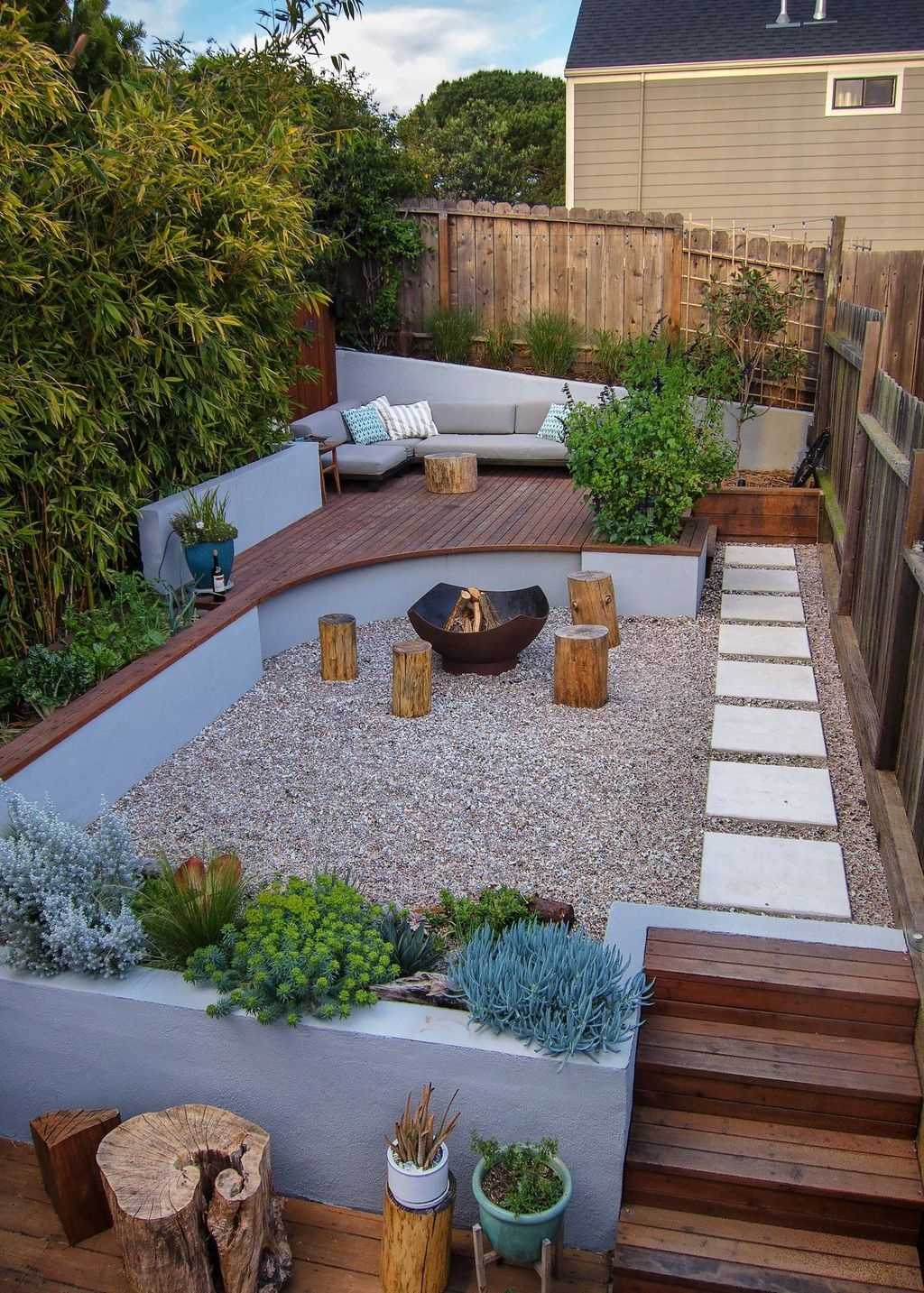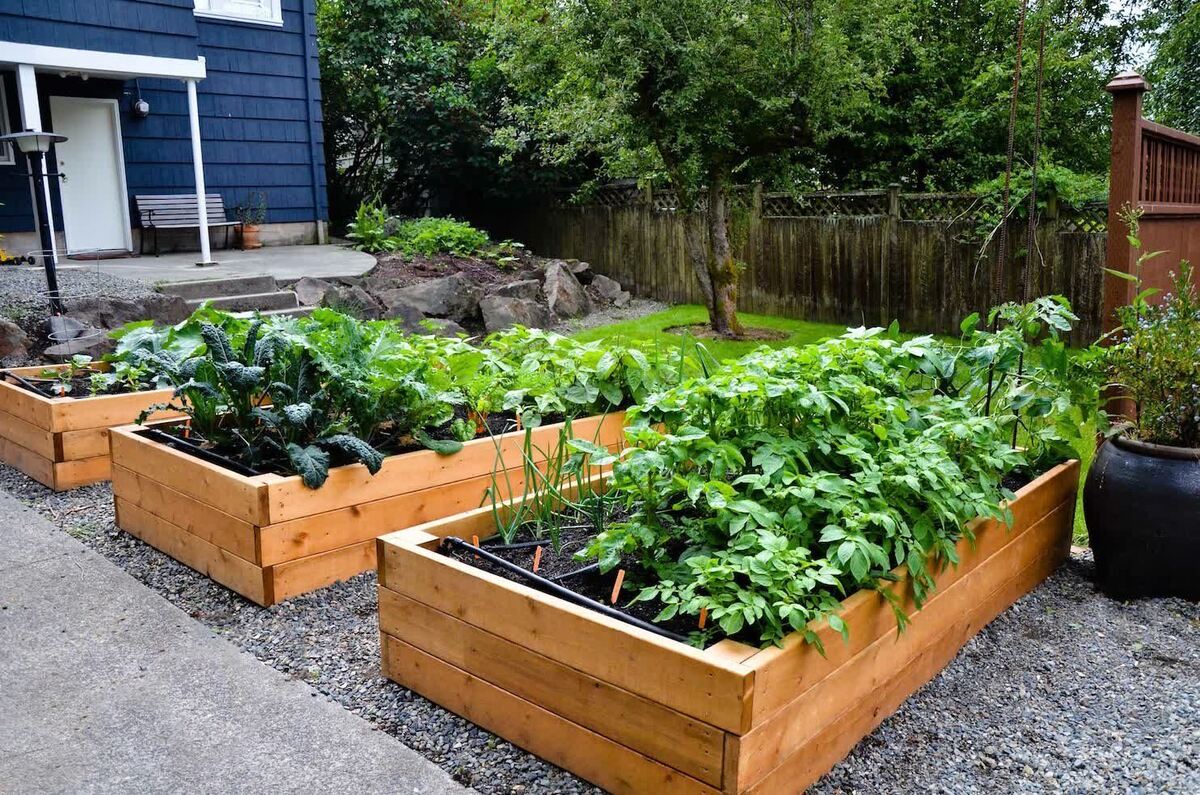Designing Small Backyard Gardens: Maximize Space with Style and Flair

Designing Small Backyard Gardens: A Masterclass in Stretching Space and Elevating Style

Step into my backyard a few years ago, and you’d have seen what looked like a lost cause: a patchwork of crabgrass, two battered plastic chairs, and a vision so foggy it might as well have been London in November. I quickly learned that designing a small garden isn’t about following Pinterest checklists—it’s about understanding how every inch can pull double (or triple!) duty with the right strategy.
What follows is not just advice—it’s the result of hands-in-the-dirt experimentation, failed attempts, “aha!” moments from design mentors, and plenty of conversations with other space-challenged gardeners. This is your master class: whether you’re nervously eyeing your first plot or ready to finesse an established pocket oasis, you’ll progress from foundational principles to advanced tricks few ever attempt.
Let’s turn your constraints into creative fuel. Here’s how to make even the tiniest backyard feel boundless—one smart step at a time.
1. Beginner Foundations: Rethinking What a Small Garden Can Be
The Mindset Shift:
Forget cramming or “just making do.” Instead, treat your limited space as pure creative opportunity—a puzzle where every piece counts. The difference between an amateur and an expert? Experts design with intention; every object earns its place.
The Three-Dimensional Secret
Most beginners look at their yard as if they’re setting up furniture in a single flat room. Here’s the first big leap: Verticality unlocks so much unrealized potential.
- Tested Strategy: My own breakthrough came when I installed an inexpensive 6-foot wire panel against my fence and trained sweet peas up it. By week three I’d doubled my planting area—without using another square foot on the ground.
- Pro Tip: For renters, try modular stackable planters (like GreenStalk). No permanent changes needed.
Zoning for Flow (Not Just Function)
When I first sectioned my tiny plot into distinct “rooms,” friends worried it would look smaller. The opposite happened: by defining spaces—a sitting nook here, raised veggie bed there—the garden felt twice as large because each zone delivered its own purpose and mood.
- Dialogue: My mentor once told me over coffee, “You want people to wander—even if ‘wandering’ means taking two steps from chair to planter.”
Layer & Texture: Turning Flat into Fabulous
The best trick I learned came from landscape architect Thomas Church’s work in the 1950s—he used contrasting textures and heights to create movement for the eye. In practice? Ferns under multi-stemmed dwarf maples; Moroccan tiles set beside soft ornamental grasses.
Quick Checklist for Starting Out:
- Install one vertical feature—trellis or wall-hung pots
- Define zones visibly (with pavers or different mulches)
- Add at least two plant heights per zone
- Use one optical illusion (see Section 4)
2. Intermediate Planning: Mapping Your Garden Like a Designer
No more guesswork—you’ll need real measurements and honest assessments before you buy anything. This stage is all about setting yourself up for success down the road.
Step-by-Step System
A) Observe & Record
Set aside one full day to watch sun patterns (use masking tape on windowsills as makeshift sundials), note wind direction with ribbon tied to stakes, and photograph views you want screened or enhanced.
B) Measure Relentlessly

Yes—it matters! My first year, skipping this turned a planned 4-seat corner nook into an awkward squeeze barely fitting two chairs. Now I measure everything twice:
- Perimeter (to nearest inch)
- Heights of fences/walls
- Fixed elements (doors/windows/posts)
C) Sketch Multiple Layouts
Don’t settle for your first idea:
- Hand-draw your plot on graph paper—or use free tools like SketchUp’s basic online garden templates.
- Try three arrangements before picking one; sometimes just shifting seating six inches changes everything.
- Use colored pencils or sticky notes for flexible zoning mock-ups.
D) Define Your Style Early
Visit local gardens—even city parks—to find out what resonates in person versus online images.
- If possible, ask neighbors what thrives in their yards.
- Snap photos of colors/textures that grab you—build your palette around proven winners rather than trends alone.
3. Advanced Plant Selection & Microclimate Hacking
Here’s where many articles get vague (“pick compact plants!”). Let’s get specific—with names and strategies proven by seasoned pros:
Vertical Champions:
- Clematis ‘Jackmanii’ – Blooms abundantly on narrow trellises
- Espaliered apple (‘Ballerina’ series) – Productive yet only needs 18” depth against a wall
Low-Growing All-Stars:
- Carex oshimensis ‘Evergold’ – Shimmering grass for edging beds
- Dwarf boxwood (‘Suffruticosa’) – Classic structure without bulk
For Tricky Shade:
Back in 2019 after three failed attempts at roses under my neighbor’s towering maple, I finally found success layering Japanese painted ferns beneath camellia sasanqua—they thrived where sun-lovers failed miserably.
Unexpected Twist:
If drainage is poor but sunlight good? Raised beds filled with sharp-draining mix let Mediterranean herbs flourish even above clay soil!
4. Expert Illusions & Design Tricks Only Pros Use
Ready for some next-level wizardry? These are tactics most weekend gardeners never try—but can instantly elevate any space:
Diagonal Pathways
Lay stepping stones at a 45-degree angle relative to fences or house walls—a trick borrowed from Parisian courtyards since the early 1900s.
Visual Impact: Walkers follow the longest line possible; suddenly your garden feels grander than its footprint suggests.
Outdoor Mirrors
I picked up this idea after seeing it used outside boutique hotels in Barcelona—an outdoor-safe mirror mounted behind trailing rosemary doubles greenery while bouncing light into dark corners.
Warning: Only use mirrors where birds won’t mistake them for open sky!
Color Theory In Action
Cool tones recede visually; painting back fences pale blue-grey makes boundaries dissolve—and plants seem lusher by contrast.

5. Multi-Purpose Magic: Furniture & Features That Earn Their Place
Small spaces demand versatility—period.
Storage Solutions Disguised as Decor
After years tripping over scattered trowels and watering cans, I invested $129 in an Ikea ÄPPLARÖ bench with storage underneath—a decision that ended clutter overnight while offering extra seating during barbecues.
For ultra-flexibility:
- Opt for nesting tables instead of one clunky coffee table.
- Look for wall-mounted drop-leaf tables; Fermob offers chic powder-coated options perfect for tight spots.
Modular Planters & Moveable Beds
Vegepod raised beds let you shift layouts seasonally—a gamechanger when experimenting with sun exposure or temporarily reclaiming space during parties.
6. Case Studies: Real Transformations From Bland To Brilliant
Success stories are better teachers than generic tips:
Case #1 – The Courtyard Cafe
12x14 ft patio, North Chicago
Initial problems: zero privacy + relentless afternoon sun
Solution set:
- Added freestanding bamboo screen ($200 DIY)
- Mounted IKEA SOCKER hanging planters above bench—herbs close at hand + vertical visual punch
- Painted concrete slab white; added two woven blue outdoor rugs = instant Mediterranean bistro vibes
Result:
"Feels like our own secret getaway—every visitor asks if we're planning to start serving brunch!"
Case #2 – The Botanical Alley
8x22 ft side yard conversion
Mistake made: Bought too many small pots instead of fewer bold containers
Correction process:
- Donated half the pots; bought three deep cobalt glazed urns as anchors
- Layered trailing dichondra ‘Silver Falls’ over edges
- Installed solar pathway lights ($68 total)
Now? Evenings glow with reflected color; walking through feels like entering an art gallery corridor rather than squeezing past bins!
7. Tools You Actually Need (& Which Are Overhyped)
Here’s real talk after too many “must-have” gadget regrets:
| Tool/Resource | Why It Works | Hidden Downside | Best Pick / Brand |
|---|---|---|---|
| Collapsible Cart | Saves precious shed space | Won't haul heavy soil loads | Gorilla Carts Folding Wagon |
| Soil Moisture Meter | Prevents root rot/dead spots | Adds step but saves more plants | XLUX Digital Meter |
| Modular Metal Raised Beds | Customizable layout | Looks industrial if unsoftened | Birdies / Vegepod |
| Retractable Awning | Instant shade/privacy | Needs secure mounting | Outsunny via Amazon |
Skip battery-powered weeders unless you're battling invasive roots weekly—they rarely justify their price!
8. Troubleshooting Your Way To Expert Status
Even seasoned designers face setbacks—and knowing how to fix hiccups swiftly is what sets experts apart:

Challenge: Shade Everywhere
Solution: Reflective white stones/mulch boost available light; focus on foliage plants (hosta/hellebores/ferns).
Challenge: Persistent Prying Eyes
Solution: Train star jasmine along tension wires strung between fence posts; clip-on outdoor curtains offer immediate relief when guests arrive unexpectedly!
Challenge: Soggy Soil Woes
Solution: Dig out affected zone four inches deeper than normal bed before refilling with sharp sand/topsoil mix—or install gravel-filled French drain along low boundary line (materials cost me under $100 last spring).
Challenge: Overwhelm From Too Many Choices
Remember that winnowing is part of mastery! Force yourself to pick three main colors plus green foliage per season—it brings harmony fast without endless second guessing.
9. Master Plan Progression: From Novice To Small-Space Virtuoso
Here’s how I structure projects both personally and professionally—a sequence designed so each layer builds on prior wins:
-
Survey And Site Map:
Take half a Saturday sketching light patterns/angles/views. -
Define Zones Boldly:
Even just painters' tape outlines help visualize seating vs beds vs play zones. -
Prioritize Features Strategically:
Essentials first! Don’t buy furniture until zones are mapped (my early mistake). -
Shop Plants With Purpose:
Visit nurseries armed with microclimate notes—not just wish lists! -
Install Hardscape Elements Next:
Paving/trellises/beds anchor everything else around them. -
Layer Soft Elements Gradually:
Add plants/fabrics/lights over several weekends—not all at once—which lets you pivot based on what works. -
Seasonal Refreshes Keep It Exciting:
Each spring/fall tweak accent pillows/planter combos so things stay fresh but familiar.
The Expert-Level Mindset That Makes All The Difference
A personal note—from experience after helping dozens of friends transform postage-stamp gardens into sanctuaries—you cannot rush discovery here! Every small-space stunner started off looking uncertain or awkward but got there through patient iteration and fearless tweaks along the way.
Three Hallmarks Of Mastery In Small Garden Design:
- Relish constraints—they force invention!
- Document every change—you’ll be stunned by progress even six months later.
- Celebrate micro-successes...the first hummingbird visit or dinner outside is worth more than any magazine spread.
If frustration pops up (“Why doesn’t this look like those Instagram feeds?”), remember that your story includes seasons of learning those accounts never show.
Ready To Begin?
Tonight, take twenty minutes after dinner to walk your plot anew—notice where shadows lie longest or which corners beg attention—and jot down three ideas sparked today that could become tomorrow's transformation.
In six months? Your backyard will not only look different—it will feel utterly yours because every improvement reflects intentional choices backed by genuine know-how.
That’s not just gardening—that's artistry measured smile-for-square-foot!
Welcome aboard this journey from beginner curiosity to seasoned expertise—the next chapter starts whenever you decide to pick up that pencil or plant that first vine!



